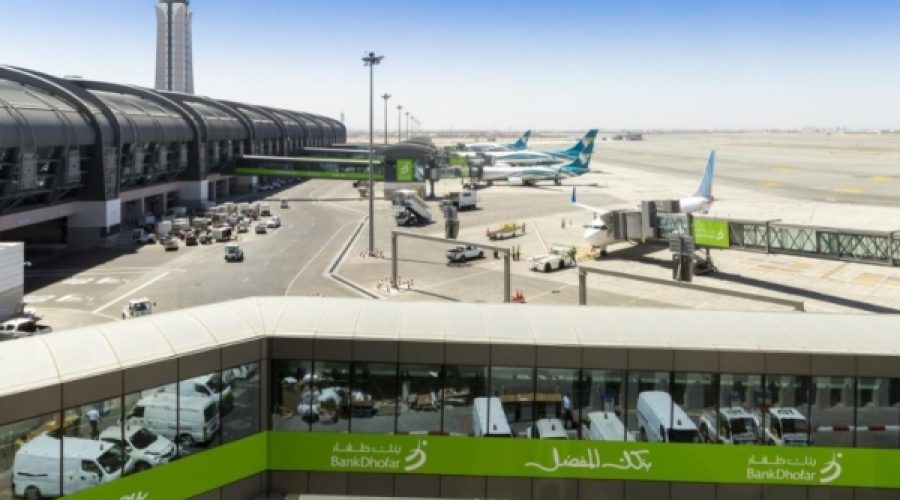Projected 446 Million Passengers in the Middle East by 2025: Implications for Airlines and Investors
The Middle East is projected to welcome 466 million air passengers by 2025, marking a 5.9% increase, according to the latest World Airport Traffic Report (WATR) from Airports Council International (ACI) World.
In August, airlines in the region reported an 8.2% year-on-year rise in demand, while capacity expanded by 6.9%, resulting in a load factor of 83.9%, which is up by one percentage point compared to August 2024, as per the International Air Transport Association (IATA).
ACI World’s Director General, Justin Erbacci, noted, “Air travel is on track to reach 9.8 billion passengers by 2025, highlighting the aviation sector’s role in enhancing global mobility and driving economic growth.”
While international travel remains the primary driver of this growth, regional differences reflect a combination of structural strengths, policy challenges, and changing travel behaviors. To maintain global demand for air travel, regulators must implement policies and frameworks that enhance connectivity, ensure long-term resilience, and support sustainable growth.
The report indicates that global passenger traffic is expanding at an uneven pace across various regions. Emerging aviation markets in Africa, Asia-Pacific, the Middle East, and Latin America are fueling growth due to increasing demand and the rising presence of low-cost carriers. Conversely, established aviation markets in parts of East Asia, Europe, and North America are facing a more uncertain future due to geopolitical tensions, demographic changes, and shifts in traveler behavior, particularly regarding travel and visa policy uncertainties.
Special Analysis by Omanet | Navigate Oman’s Market
The forecasted growth in aviation, with 466 million air passengers expected in the Middle East by 2025, indicates substantial opportunity for businesses in Oman to enhance connectivity and tourism. However, regulatory challenges and evolving travel patterns may pose risks, necessitating a strategic focus on sustainable growth and adaptability. Smart investors should consider capitalizing on low-cost carrier expansions and improving infrastructure to meet rising demand while being prepared for potential geopolitical and policy changes.



